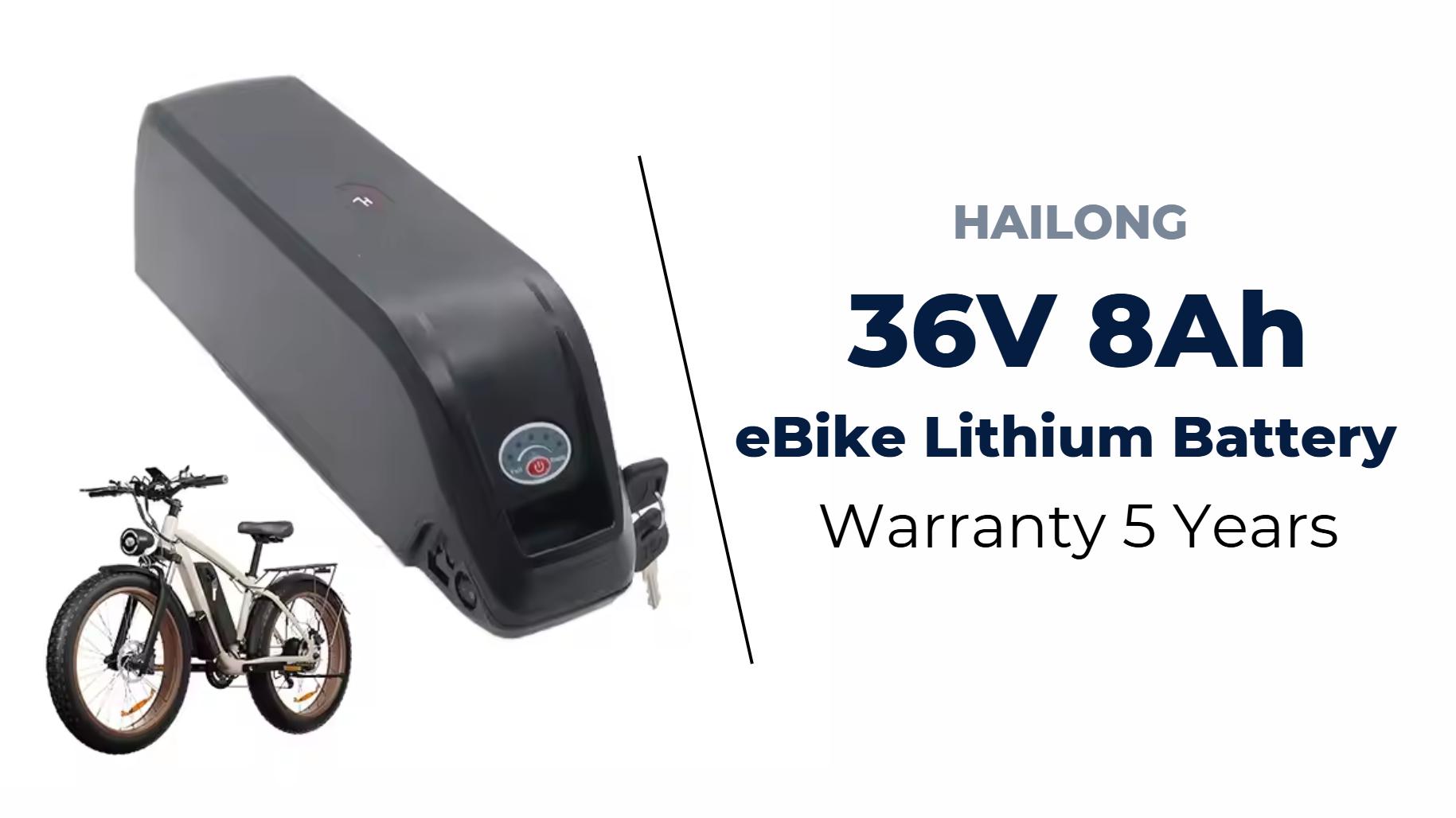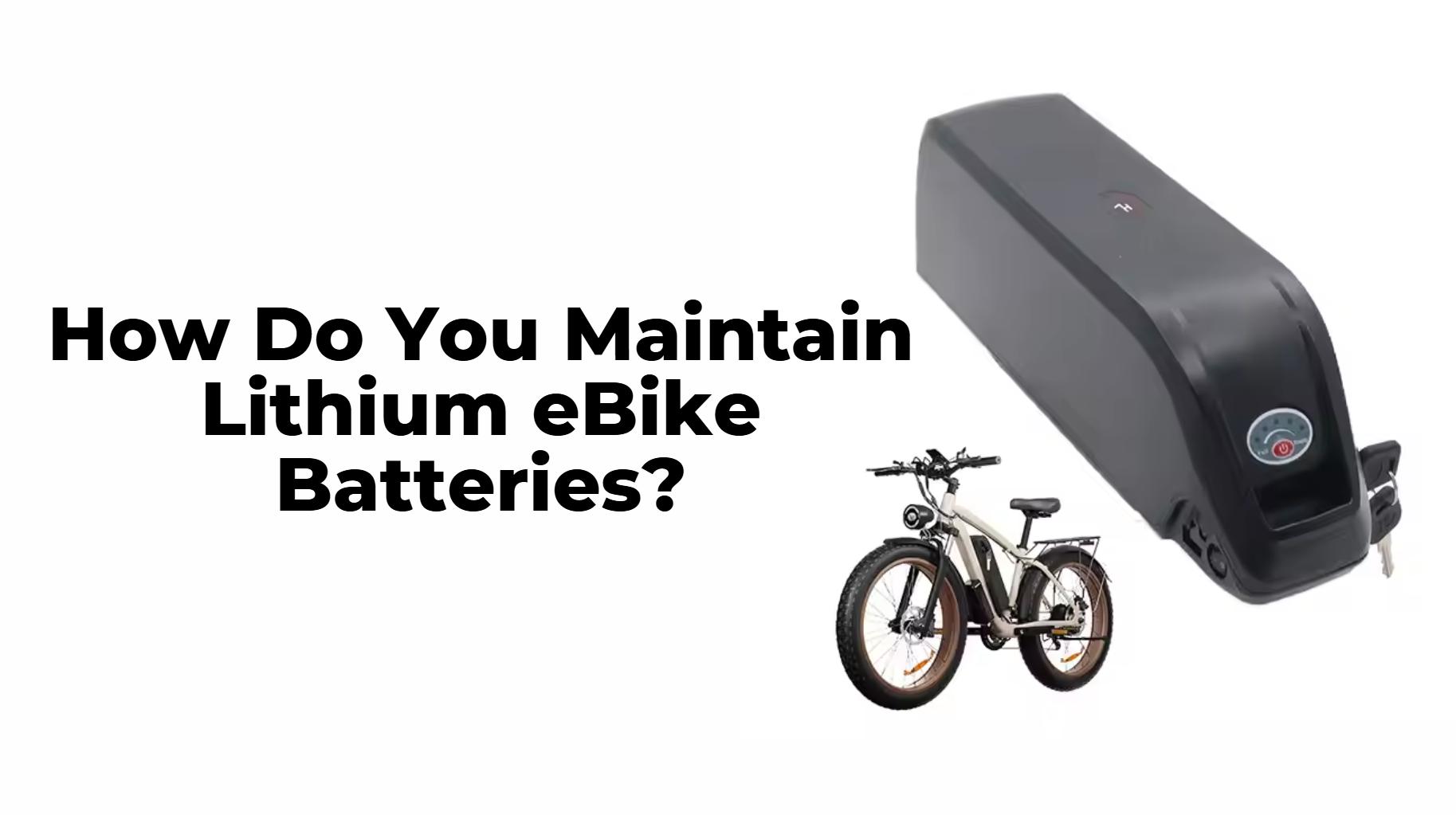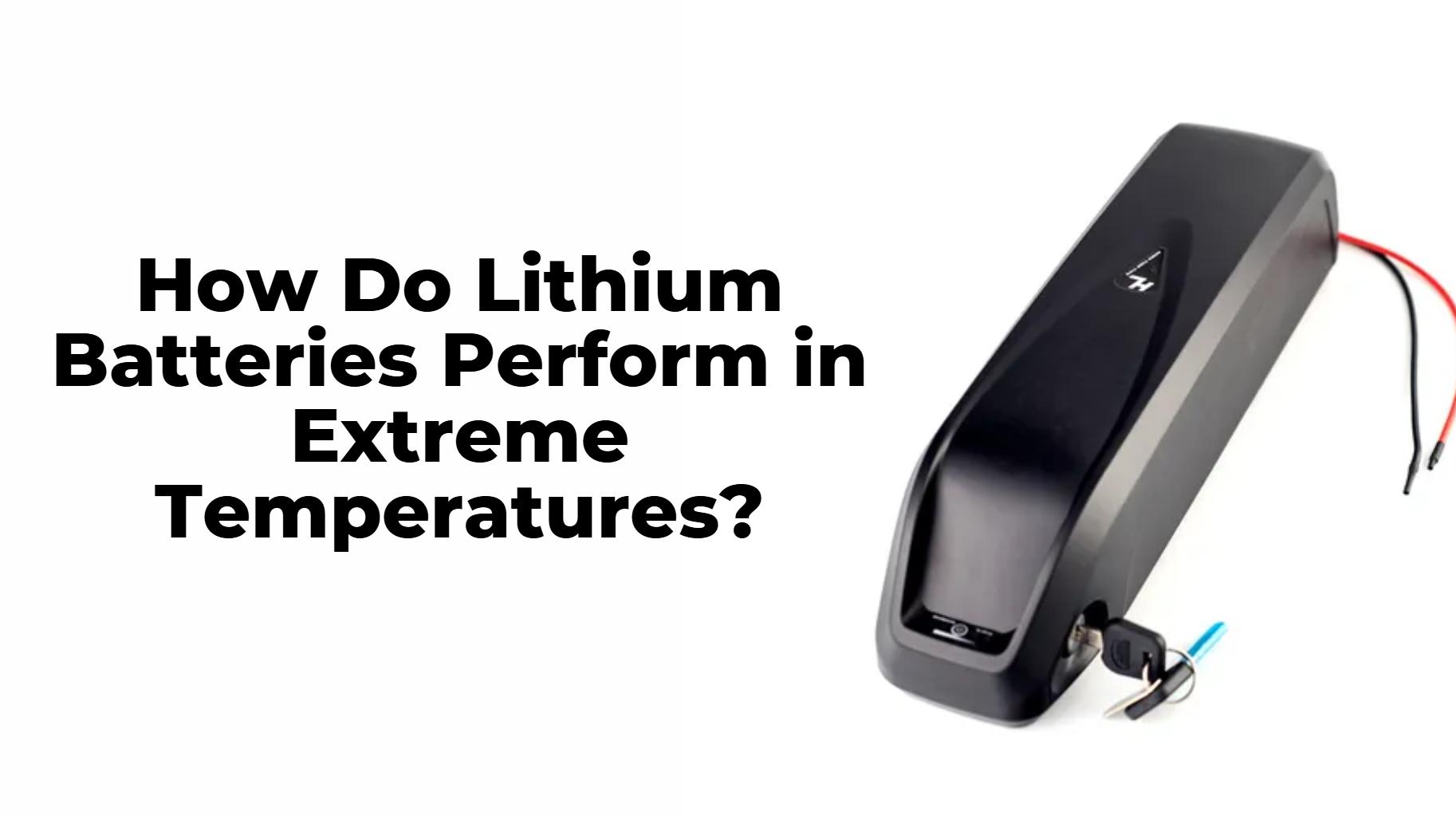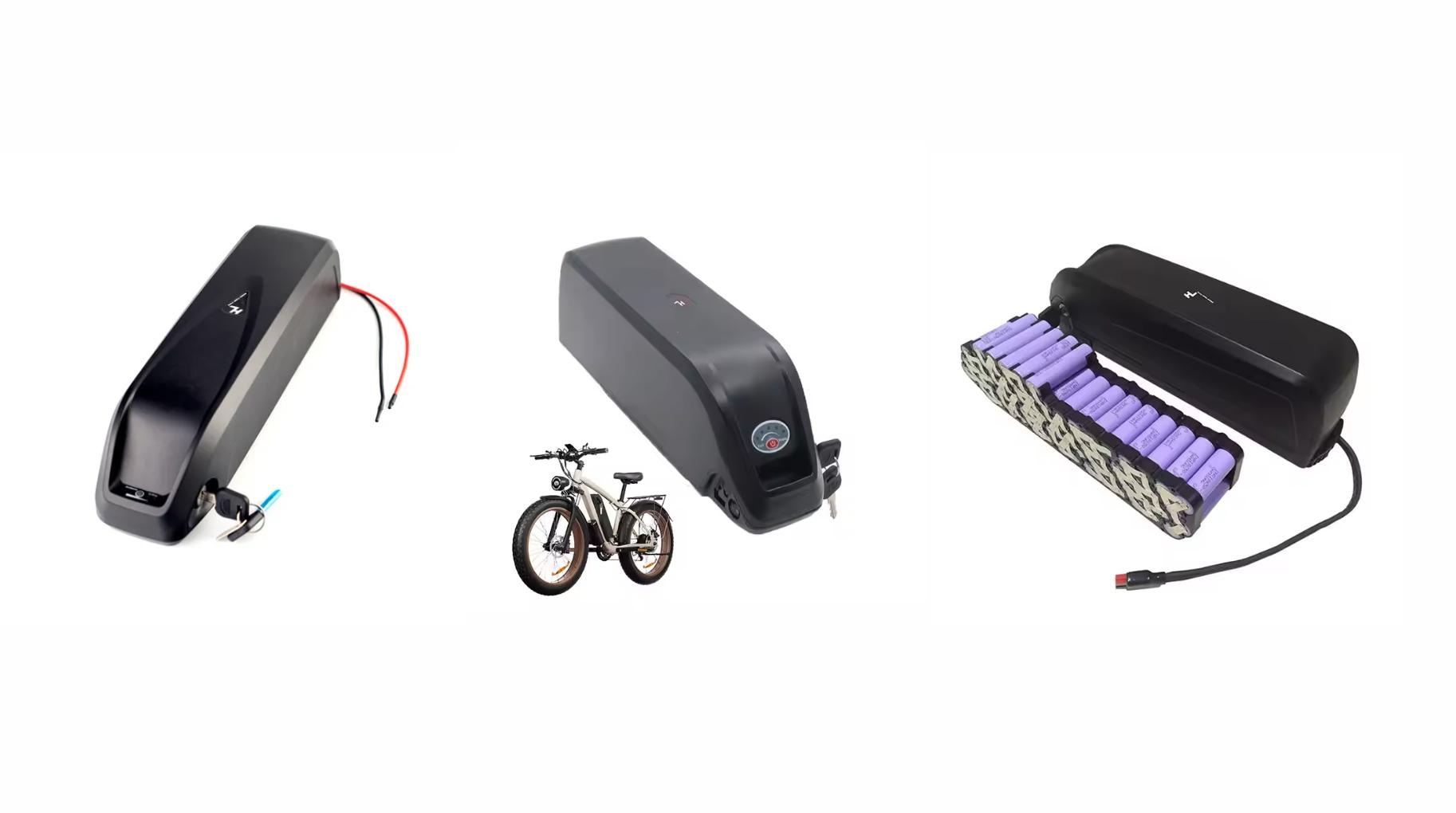How Are Manufacturers Improving Energy Density in Lithium Batteries?
As the demand for lithium batteries continues to rise, particularly in applications like electric vehicles (EVs) and portable electronics, manufacturers are under increasing pressure to enhance energy density. Energy density refers to the amount of energy a battery can store relative to its weight or volume, a critical factor for performance and efficiency. At Redway Battery, we recognize the importance of innovation in energy density and have been committed to improving lithium LiFePO4 batteries for over 12 years. This article delves into the various strategies manufacturers employ to boost energy density in lithium batteries, highlighting advancements and techniques that are shaping the future of energy storage.
Manufacturers are boosting energy density in lithium batteries by using new materials like silicon and solid-state electrolytes. Innovations in battery chemistry improve ion movement efficiency, while design optimizations allow for compact storage. Advanced manufacturing techniques also ensure better quality and performance consistency.
1. Advanced Materials for Battery Components
1.1. Cathode Materials
The choice of cathode materials plays a significant role in determining the energy density of lithium batteries. Traditional materials like lithium cobalt oxide (LCO) are being supplemented or replaced with advanced alternatives such as:
- Lithium nickel manganese cobalt oxide (NMC): This material combines the benefits of nickel, manganese, and cobalt, providing higher energy density and thermal stability.
- Lithium iron phosphate (LiFePO4): Although known for its safety and stability, recent innovations have improved its energy density, making it competitive with other materials while maintaining high performance.
- Silicon-based anodes: Researchers are exploring silicon as a cathode material, which can store significantly more lithium ions than conventional carbon-based materials, potentially tripling the energy density.
1.2. Anode Materials
Anodes are equally crucial in determining energy density. Innovations in anode materials include:
- Silicon Nanostructures: Silicon has a theoretical capacity of over 4,000 mAh/g compared to graphite’s 372 mAh/g. Manufacturers are developing silicon nanocomposites that maintain stability during charge and discharge cycles, enhancing overall energy density.
- Graphene: This carbon allotrope has excellent electrical conductivity and mechanical properties, enabling higher charge rates and energy density. Its incorporation into anode materials is an area of active research.
2. Battery Architecture Innovations
2.1. 3D Battery Designs
The physical architecture of batteries is evolving to maximize energy density. Innovations in 3D battery designs enhance the surface area for chemical reactions, leading to improved capacity. These designs allow for more active material in a compact space, directly contributing to higher energy density without increasing size or weight.
2.2. Solid-State Batteries
Solid-state batteries represent a groundbreaking shift in battery technology. Unlike traditional lithium-ion batteries that use liquid electrolytes, solid-state batteries employ solid electrolytes, offering several advantages:
- Higher Energy Density: Solid-state batteries can accommodate more energy-dense materials, potentially doubling the energy density of conventional lithium-ion batteries.
- Improved Safety: The use of solid electrolytes reduces the risk of leakage and thermal runaway, making them safer for consumers.
2.3. Thin-Film Technology
Thin-film battery technology is another innovative approach that allows for the construction of batteries with significantly reduced weight and volume. By using extremely thin layers of materials, manufacturers can create batteries that are lighter and more energy-dense, suitable for applications in wearables and compact electronic devices.
3. Enhanced Battery Management Systems (BMS)
A sophisticated Battery Management System (BMS) plays a vital role in maximizing energy density and overall performance. Innovations in BMS technology include:
- Intelligent Monitoring: Advanced BMS can monitor the health and performance of individual cells in real time, optimizing charging cycles and enhancing energy retention.
- Thermal Management: Effective thermal management systems prevent overheating and improve the longevity of lithium batteries, allowing them to maintain higher energy densities over time.
- Smart Charging Algorithms: These algorithms optimize charging processes, minimizing energy loss and ensuring that batteries reach their maximum capacity safely and efficiently.
4. Recycling and Sustainability Initiatives
Improving energy density is not solely about new technologies; it also involves sustainable practices. Manufacturers are increasingly focusing on recycling and sustainable sourcing of materials, which can enhance the overall efficiency of lithium batteries.
4.1. Closed-Loop Recycling
Innovations in closed-loop recycling processes allow manufacturers to reclaim valuable materials from spent batteries, reducing the reliance on virgin resources. This practice not only improves sustainability but also helps maintain a steady supply of materials necessary for high-energy-density batteries.
4.2. Eco-Friendly Materials
The shift towards eco-friendly materials, such as biodegradable binders and non-toxic solvents in battery production, is gaining momentum. These innovations not only reduce the environmental impact but also promote more efficient production processes, indirectly supporting energy density improvements.
5. Future Prospects and Market Trends
As we look toward the future, the drive for improved energy density in lithium batteries will continue to be a key focus for manufacturers. The integration of artificial intelligence (AI) and machine learning in battery design and testing will accelerate the development of high-performance batteries. Additionally, ongoing collaborations between academia and industry will foster innovative solutions to overcome current limitations.
At Redway Battery, we are dedicated to staying at the forefront of these advancements. Our commitment to producing high-quality lithium LiFePO4 batteries, particularly for eBike applications, is driven by a desire to meet the evolving needs of our customers. We provide custom lithium eBike battery solutions quickly to wholesale and OEM customers worldwide. For inquiries, please contact us for a quick quote.
Conclusion
Improving energy density in lithium batteries is a multifaceted challenge that encompasses advancements in materials, battery architecture, and management systems. As manufacturers innovate and adopt sustainable practices, the potential for lithium batteries to power the future of transportation and electronics grows. At Redway Battery, we are committed to enhancing the performance of lithium batteries while prioritizing sustainability and efficiency.
Latest News
- Recent advances in materials science are enabling manufacturers to improve energy density in lithium batteries significantly.
- New chemistries are being explored that promise higher energy storage capabilities without increasing size or weight.
- The push for more efficient energy solutions is driving innovation across the industry.
Redway Expert Comment
“Improving energy density is crucial for advancing lithium battery technology across various applications. Innovations in materials science are paving the way for higher energy storage without compromising size or weight. This progress is particularly important for applications like electric vehicles and eBikes where space is limited. As an expert in this field, I applaud these advancements; they will undoubtedly enhance performance while meeting consumer demands for efficiency.”
FAQs
What new materials are being used to increase energy density in lithium-ion batteries?
New materials such as silicon-based anodes, high-voltage cathodes like Li-rich layered compounds, and advanced solid electrolytes are being explored. These materials enhance the overall energy density by allowing for higher charge capacities and improved electrochemical stability, leading to more efficient battery performance.How do advancements in electrolytes contribute to higher energy density?
Advancements in electrolytes, particularly solid-state and hybrid electrolytes, improve ionic conductivity and electrochemical stability. Innovations like “water-in-salt” electrolytes and thin solid electrolytes reduce internal resistance and enable higher voltage operations, significantly boosting the energy density of lithium-ion batteries.What role does computational modeling play in improving battery design?
Computational modeling aids in optimizing battery design by simulating material interactions and predicting performance metrics. This approach allows researchers to identify promising materials and configurations quickly, reducing experimental costs and accelerating the development of high-energy-density batteries.How does the energy density of lithium-ion batteries impact electric vehicle range?
Higher energy density in lithium-ion batteries directly translates to increased electric vehicle range. Batteries with greater energy capacity can store more power, enabling longer distances between charges, which is crucial for enhancing the practicality and appeal of electric vehicles.What are the environmental impacts of increasing energy density in batteries?
Increasing energy density can lead to both positive and negative environmental impacts. While it may reduce the number of batteries needed and lower resource extraction per unit of energy stored, the production of advanced materials may involve environmentally harmful processes. Sustainable sourcing and recycling practices are essential to mitigate these effects.









